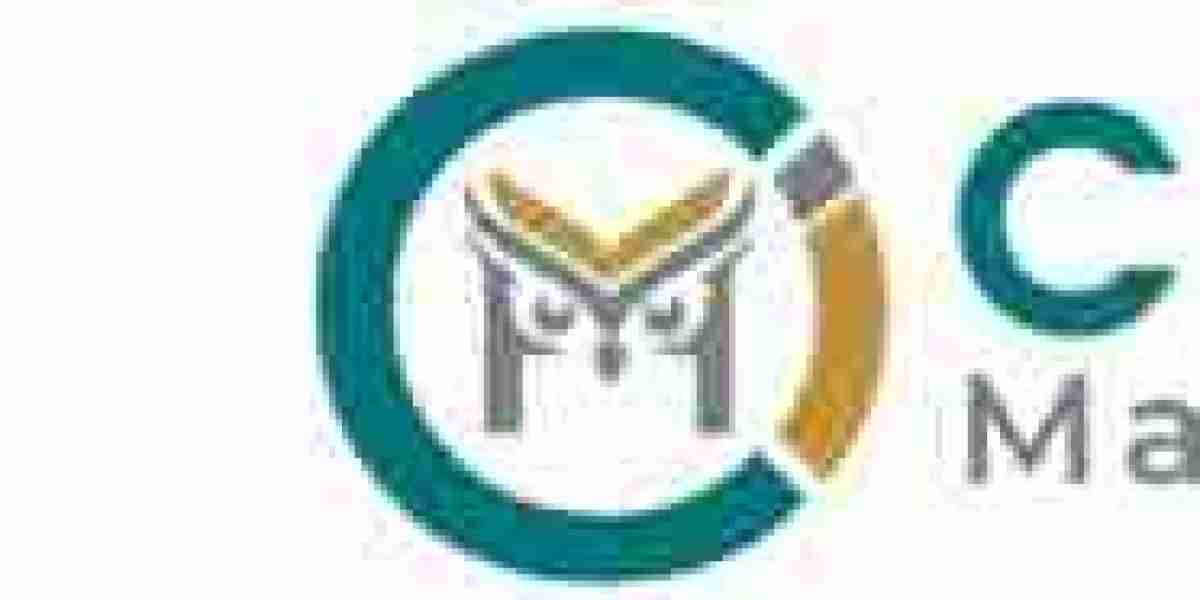The autoimmune disease diagnostics market has witnessed notable growth over the past decade due to rising prevalence of autoimmune conditions such as rheumatoid arthritis, systemic lupus erythematosus, type 1 diabetes, and multiple sclerosis. However, despite this growth trajectory, the market is not without its challenges. Several restraints continue to limit the pace and extent of market expansion. Understanding these restraining factors is essential for stakeholders, from investors to healthcare providers, to navigate the market more effectively.
1. High Cost of Diagnostic Tests
One of the major constraints in the autoimmune disease diagnostics market is the high cost associated with diagnostic tests. Autoimmune diseases are complex and often require multiple laboratory tests for accurate diagnosis. These include antinuclear antibody (ANA) tests, enzyme-linked immunosorbent assays (ELISA), and advanced genetic screening tools. The cumulative cost of these diagnostics can be prohibitively expensive, especially in countries where health insurance coverage is limited or non-existent. This cost barrier is particularly significant in developing economies, where affordability becomes a critical determinant in healthcare access.
2. Lack of Standardized Diagnostic Procedures
Another critical challenge lies in the absence of standardized diagnostic protocols across different regions and institutions. Autoimmune diseases often manifest with overlapping symptoms, making them difficult to diagnose definitively. The lack of consensus on standardized testing panels or clinical diagnostic guidelines can lead to variability in test results, delayed diagnosis, and misdiagnosis. Inconsistent diagnostic approaches also create confusion for both patients and physicians, undermining the reliability and confidence in diagnostic procedures.
3. Limited Awareness Among Patients and General Practitioners
Autoimmune diseases are frequently misunderstood and underdiagnosed due to limited awareness, both among the general public and within the medical community, especially among non-specialist physicians. Many primary care providers may not immediately consider autoimmune conditions in their differential diagnosis, leading to prolonged symptom persistence without appropriate intervention. Patient awareness is equally critical—individuals may not recognize the significance of early symptoms and fail to seek specialized diagnostic testing until the disease has significantly progressed.
4. Slow Technological Adoption in Emerging Markets
While developed countries are witnessing rapid advancements in diagnostic technologies such as next-generation sequencing (NGS), molecular diagnostics, and artificial intelligence-based predictive tools, many emerging markets continue to rely on conventional, less accurate diagnostic methods. Infrastructure limitations, scarcity of trained personnel, and inadequate healthcare funding hinder the adoption of advanced diagnostic tools in these regions. This technology lag constrains market growth by limiting the availability of accurate and early diagnostic options.
5. High Complexity of Autoimmune Disorders
Autoimmune diseases are characterized by their multifactorial nature, involving genetic, environmental, hormonal, and immunological factors. The pathophysiology of these conditions is still not fully understood, and many autoimmune diseases do not have a single definitive biomarker. This complexity increases the difficulty of developing universally reliable diagnostic tests. Without precise and validated biomarkers, diagnostic manufacturers face significant hurdles in test development, regulatory approval, and clinical adoption.
6. Regulatory and Reimbursement Challenges
Regulatory pathways for diagnostic tests vary considerably across regions, creating barriers for global market penetration. Diagnostic tests, especially those involving new biomarkers or technologies, must undergo rigorous regulatory scrutiny to ensure safety, efficacy, and clinical utility. This can lead to delays in market entry and increased costs for diagnostic manufacturers. Furthermore, reimbursement policies for autoimmune diagnostic tests are inconsistent. In many healthcare systems, insurance does not adequately cover the full range of diagnostic procedures, further discouraging both providers and patients from adopting comprehensive testing strategies.
7. Fragmented Competitive Landscape
The autoimmune disease diagnostics market is fragmented, with numerous small and medium-sized players operating regionally. While innovation is strong among these players, limited financial and marketing resources can restrict their ability to scale operations, invest in R&D, and compete with larger multinational diagnostic firms. This fragmentation can lead to a lack of cohesive market strategy and impede the dissemination of innovative diagnostic solutions.
8. Long Diagnostic Journey and Patient Fatigue
Patients with autoimmune conditions often endure a long and frustrating diagnostic journey, sometimes spanning years and involving consultations with multiple specialists. This diagnostic odyssey can result in emotional fatigue and financial burden, causing some patients to discontinue their search for a definitive diagnosis. This phenomenon not only affects patient outcomes but also limits the potential market size for diagnostic services and products.
Conclusion
While the autoimmune disease diagnostics market holds considerable promise due to increasing disease prevalence and technological innovation, it is also shaped by several significant restraints. High testing costs, lack of standardization, limited awareness, technological disparities, and regulatory challenges all pose substantial hurdles to market expansion. Addressing these issues through policy reforms, improved education, broader insurance coverage, and strategic investment in healthcare infrastructure will be essential to unlocking the full potential of this vital segment of the diagnostics industry.




